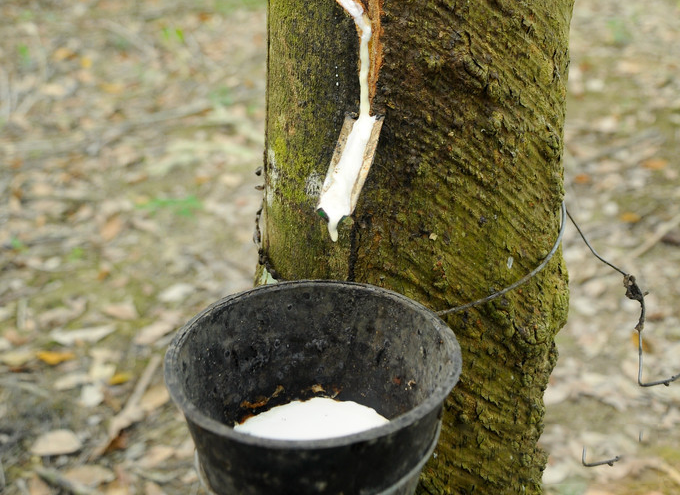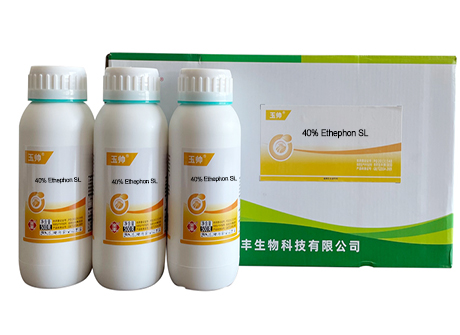In the last article, we talked about
the planting management methods of potato early seedling stage and seedling stage. In this section, let's talk about the tuber formation stage and tuber expansion stage. One of these two periods is the key period for determining the number of tubers per plant and the other is the key period for increasing production. Then what are the specific management methods? Let's have a look.
Ⅰ. Tuber Formation Stage
The stage of tuber formation is from bud to inflorescence. The first inflorescence began to blossom after the top of the aboveground stem was capped and the top of the whole stolon began to expand, and the dry matter weight of the aboveground stem and leaf and the dry matter weight of the tuber reached a balance. The growth characteristic of this period is from the growth of aboveground stems and leaves as the center to the concurrent stage of aboveground stems and leaves growth and underground tuber formation, which is the key period to determine the number of tubers per plant. This period lasts about 30 days.
Key management points: strengthen pest control. The prevention and control of potato diseases and pests should focus on "prevention and comprehensive control", strengthen fertilizer and water management, control field humidity, and create an environment conducive to plant growth and not conducive to the occurrence of diseases and pests.
In the bud stage, the second weeding should be carried out, and the balanced fertilizer should be applied to promote the growth of stems and leaves, build the assimilation system quickly, and carry out intertillage and soil cultivation at the same time to promote the rapid transformation of the growth center from stems and leaves to tubers. At this time, plant growth regulators can be used to increase chlorophyll content, such as,
Prohexadione Calcium and
Diethyl Aminoethyl Hexanoate. They can improve photosynthetic efficiency and promote tuber expansion.
Ⅱ. Tuber Expansion Stage
The tuber expansion period is from flowering to stem and leaf senescence. During this period, the stems, leaves and tubers grow very rapidly, which is the period with the fastest growth and the largest growth in their life. The nutrients produced from the aboveground part are continuously transported to the tuber, and the tuber volume and weight are increasing. It is not only the key period to determine the tuber volume, but also the period that needs the most water and fertilizer during whole life. It can promote the transport of assimilates, increase dry matter content and promote tuber expansion at this time if can use plant growth regulators reasonably.
.jpg)


